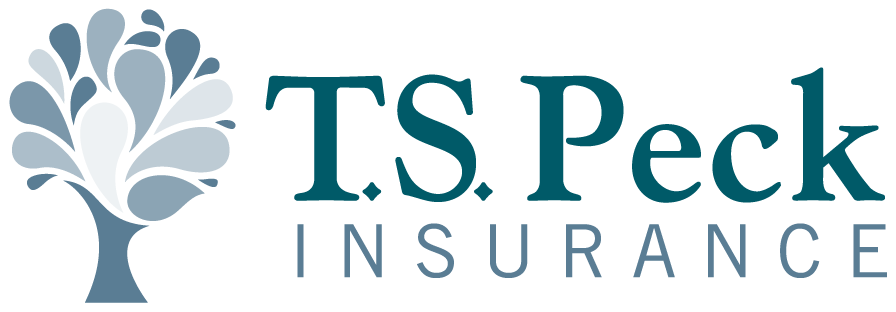Natural disasters can strike at any time, and floods are among the most devastating. While many homeowners focus on standard insurance policies to protect their properties, flood insurance is often overlooked. In Vermont, where weather patterns can be unpredictable and rivers and lakes are abundant, having the right flood insurance coverage is crucial. This blog post will explore how flood insurance can save your home and finances, providing peace of mind and financial security in the face of potential flooding disasters.

Preparing for the Worst: How Flood Insurance Can Save Your Home and Finances
Understanding Flood Insurance
Flood insurance is a specific type of coverage designed to protect your property and belongings from damage caused by flooding. Unlike standard homeowners insurance, which typically does not cover flood damage, flood insurance offers targeted protection against the risks associated with floods. This coverage is essential for homeowners in flood-prone areas, but it’s also a wise investment for anyone, as flooding can occur almost anywhere under the right conditions.
What Does Flood Insurance Cover?
Flood insurance policies generally cover two main areas: the building and its contents. Here’s a breakdown of what each includes:
Building Property Coverage: This part of the policy covers the physical structure of your home, including the foundation, electrical and plumbing systems, HVAC systems, and built-in appliances.
Personal Property Coverage: This covers your personal belongings, such as furniture, clothing, electronics, and other valuable items. Some policies may also cover items stored in basements, but this can vary.
The Cost of Flood Insurance
The cost of flood insurance in Vermont can vary based on several factors, including the location of your home, its elevation, and the level of coverage you choose. Homes located in high-risk flood zones will generally have higher premiums than those in low-risk areas. However, even if your home is in a low-risk area, purchasing flood insurance is still a prudent decision. The financial impact of a flood can be devastating, and the cost of insurance is a small price to pay for peace of mind.
Why You Need Flood Insurance in Vermont
Vermont’s diverse landscape and changing weather patterns mean that flooding can happen unexpectedly. From heavy rainstorms and rapid snowmelt to overflowing rivers and flash floods, there are numerous scenarios where your home could be at risk. Here are some compelling reasons to consider flood insurance:
Protection Against Financial Loss
Flood damage can result in significant repair costs, from structural damage to replacing personal belongings. Without flood insurance, you would have to cover these expenses out of pocket. According to the Federal Emergency Management Agency (FEMA), just one inch of water can cause up to $25,000 in damage to a home. Flood insurance can prevent such financial burdens by covering repair and replacement costs.
Compliance with Mortgage Requirements
If you live in a high-risk flood zone and have a mortgage from a federally regulated or insured lender, you are required to have flood insurance. Ensuring you have the right coverage not only keeps you compliant with your lender’s requirements but also protects your investment in your home.
Peace of Mind
Knowing that your home and belongings are protected against floods provides invaluable peace of mind. You can rest easier knowing that if the worst happens, you have a safety net to help you recover and rebuild.
Community and Environmental Changes
Flood risks can change over time due to new construction, changes in natural waterways, and evolving climate patterns. Even if your home was not initially in a high-risk area, these factors can increase your flood risk. Regularly reviewing and updating your flood insurance policy ensures you remain protected as conditions change.
How to Choose the Right Flood Insurance Policy
Choosing the right flood insurance policy involves understanding your risk, evaluating your needs, and selecting coverage that fits your situation. Here are some steps to help you make an informed decision:
- Assess Your Flood Risk: Use FEMA’s Flood Map Service Center to determine your home’s flood risk. This tool provides information on flood zones, base flood elevations, and other factors that influence your risk level.
- Evaluate Your Coverage Needs: Consider the value of your home and belongings. Choose a policy that offers sufficient coverage to rebuild your home and replace your possessions in the event of a flood. Remember to include any finished basements, as well as valuable items that might be stored there.
- Compare Policies and Providers: Not all flood insurance policies are created equal. Compare policies from different providers to find the best coverage and rates. Look for reputable insurers with good customer service and claims handling.
- Understand Policy Exclusions: Be aware of what your policy does and does not cover. Some policies may exclude certain types of damage or specific items. Understanding these exclusions can help you avoid surprises if you need to file a claim.
Conclusion
Flood insurance is a critical component of protecting your home and finances from the unpredictable nature of flooding. In Vermont, where weather patterns and natural waterways can pose significant risks, having the right coverage can save you from substantial financial hardship and provide peace of mind. Don’t wait until it’s too late—invest in flood insurance today.
For expert guidance and a personalized quote on flood insurance in Vermont, reach out to T.S. Peck Insurance. Their experienced team can help you navigate the complexities of flood insurance and ensure you have the coverage you need to protect your home and finances. Contact the agents at T.S. Peck Insurance today to secure your peace of mind and safeguard your future.



